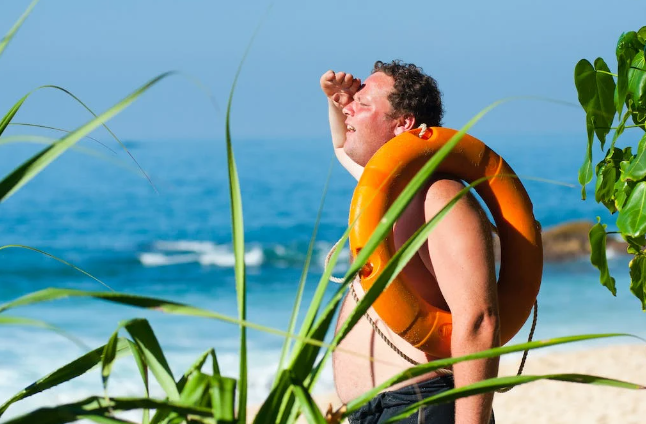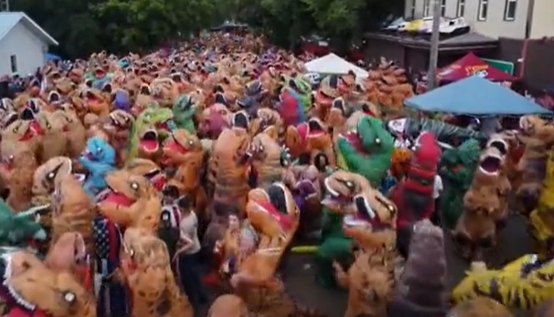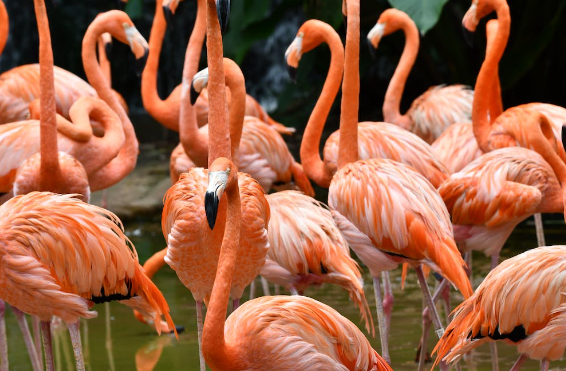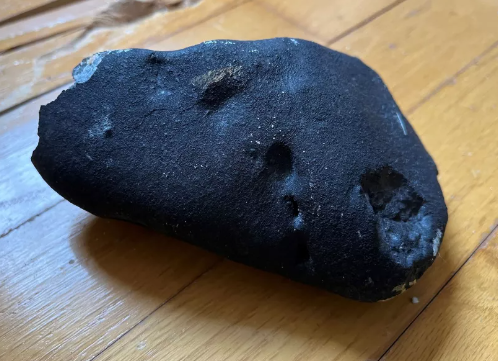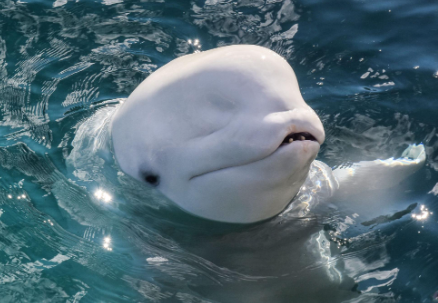희귀한 물범이 동해에 나타났다.
강원 동해시 인근 바다에 나타난 점박이 물범
멸종위기 2급 야생동물로 동해에서는 드물게 관찰됩니다.
점박이 물범에 대해 알아볼까요?
The Spotted seal is a "true seal" with a small body, a rounded head and short flippers. The coats of adults have dark spots over light gray to silver. As pups they are pure white. These ice dwellers form seasonal family groups and prefer open seas.
점박이 물범은 작은 몸체, 둥근 머리, 짧은 지느러미를 가진 "진정한 물범"입니다. 성체의 털은 밝은 회색에서 은색에 걸쳐 어두운 반점이 있습니다. 새끼일때 그들은 순수한 흰색입니다. 이 얼음 거주자들은 계절에 따라 가족 집단을 형성하고 탁 트인 바다를 선호합니다.
This species inhabits the southern edge of pack ice from winter until early summer, and then moves into coastal areas, such as river mouths, for late summer and autumn. It usually hauls out and breeds on ice, but sometimes comes ashore on sand bars and beaches, and at some sites along the coast of Asia, they will breed on small, remote islands.
겨울부터 초여름까지는 유빙 남쪽 가장자리에 서식하다가 늦여름과 가을에는 강어귀 등 해안 지역으로 이동합니다. 보통은 얼음 위에서 떼를 지어 번식하지만 때때로 모래톱과 해변에 상륙하며 아시아 해안을 따라 있는 일부 지역에서는 작고 외딴 섬에서 번식합니다.
Spotted seals, aka Larga seals, vary in size among their different populations. On average, adult males measure 1.5-2.1 m in length and weigh 85-150 kg, and adult females measure 1.4-1.7 m in length and weigh 65-115 kg. There is also variation in the coloring of adult coats, but generally spotted seals are silvery-gray on their ventral (under) sides and darker gray on their backs with dark spotted patterns. Spotted seals can live to at least 35 years of age.
점박이 물범, 일명 Larga 바다표범은 개체군에 따라 크기가 다양합니다. 평균적으로 다큰 수컷은 길이 1.5-2.1m, 체중 85-150kg , 다큰 암컷은 길이 1.4-1.7m , 체중 65-115kg 입니다 . 성체의 털 색깔에도 차이가 있지만 일반적으로 점박이 물범은 배 쪽(아래)이 은회색이고 등 쪽이 짙은 회색이며 짙은 점 무늬가 있습니다. 점박이물범은 최소 35세까지 살 수 있습니다.

Spotted seals are born with a white, fluffy coat of fur. This is shed after 2 to 4 weeks for a silvery-grey coat with dark spots.
점박이 물범은 흰색의 푹신한 털코트를 가지고 태어납니다. 이것은 어두운 반점이 있는 은회색 코트가 되며 2~4주 후에 벗겨집니다.
BREEDING: Spotted seals are annually monogamous. Males and females form pairs 10 days before the female gives birth, and pairs stay together until mating occurs after the pup is weaned. Females in the Bering and Okhotsk seas give birth in April and nurse their pups on the sea ice for three to six weeks.
번식: 점박이 물범은 매년 일부일처제입니다. 수컷과 암컷은 암컷이 출산하기 10일 전에 쌍을 이루고 새끼가 젖을 뗀 후 짝짓기가 이루어질 때까지 쌍이 함께 있습니다. 베링해와 오호츠크해의 암컷은 4월에 새끼를 낳고 해빙에서 3~6주 동안 새끼를 돌봅니다
LIFE CYCLE: Females reach sexual maturity at three to six years, males at five to six. The maximum lifespan of spotted seals is at least 35 years.
암컷은 3~6년, 수컷은 5~6년에 성적으로 성숙해집니다. 점박이 물범의 최대 수명은 최소 35년입니다.
FEEDING: Spotted seals' diet is very varied, but principle foods for adults are schooling fishes, crustaceans, and cephalopods. Pups feed mainly on invertebrates and small fish. The spotted seal diet varies not only with age, but also with region and season.
점박이 물범의 식단은 매우 다양하지만 주요 먹이는 물고기, 갑각류 및 두족류입니다. 새끼는 주로 무척추 동물과 작은 물고기를 먹습니다. 점박이물범의 먹이는 나이뿐만 아니라 지역과 계절에 따라 다릅니다
Spotted seals feed on a wide variety of food sources including crustaceans, cephalopods, and fishes such as: herring, capelin, pollock, eelpout, sand lance, and cod. The diet varies by age, by region, and by season. Known predators are sharks, orca (killer whales), walruses, Steller sea lions, polar bears, brown bears, wolves, foxes and some large birds. Adult spotted seals can dive to depths of over 300 m.
점박이 물범은 갑각류 , 두족류 및 청어, 카펠린, 명태, 뱀장어, 까나리, 대구와 같은 물고기를 포함한 다양한 먹이를 먹습니다 . 식단은 나이, 지역 및 계절에 따라 다릅니다. 알려진 포식자는 상어, 범고래, 바다 코끼리, 바다사자, 북극곰, 불곰, 늑대, 여우 및 일부 큰 새입니다. 다자란 점박이 물범은 300m 이상의 깊이까지 잠수할 수 있습니다 .

